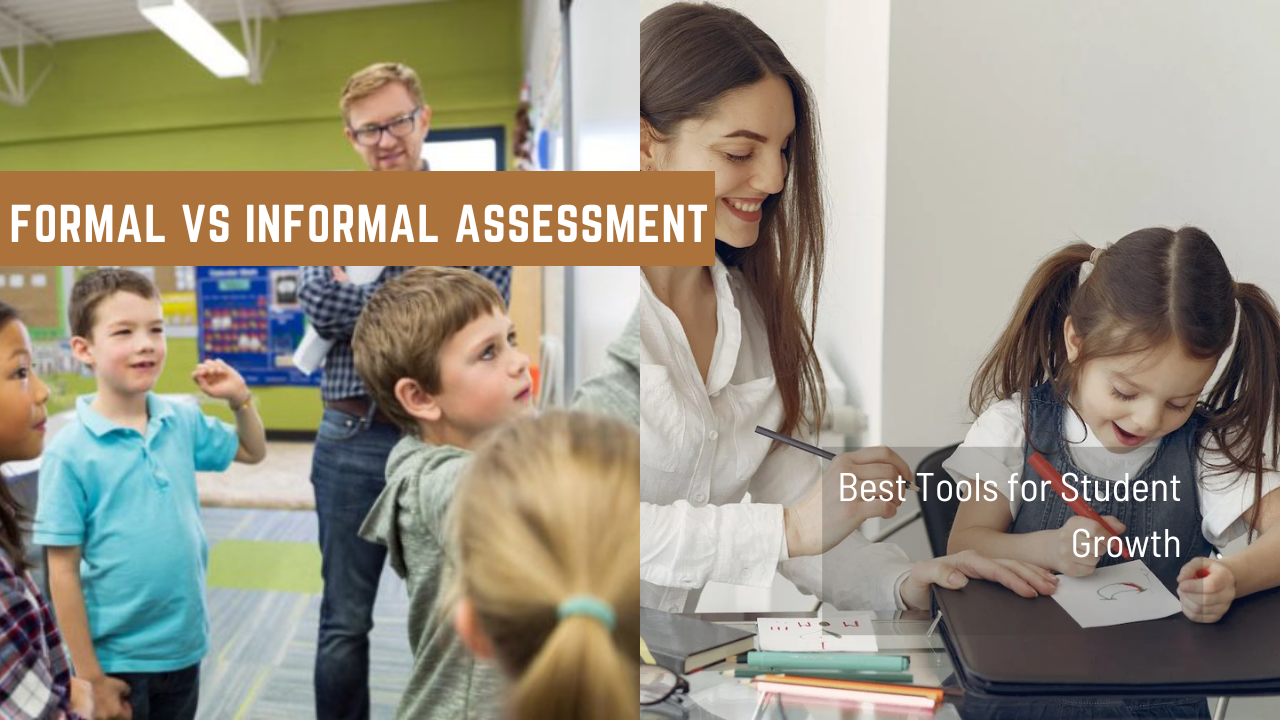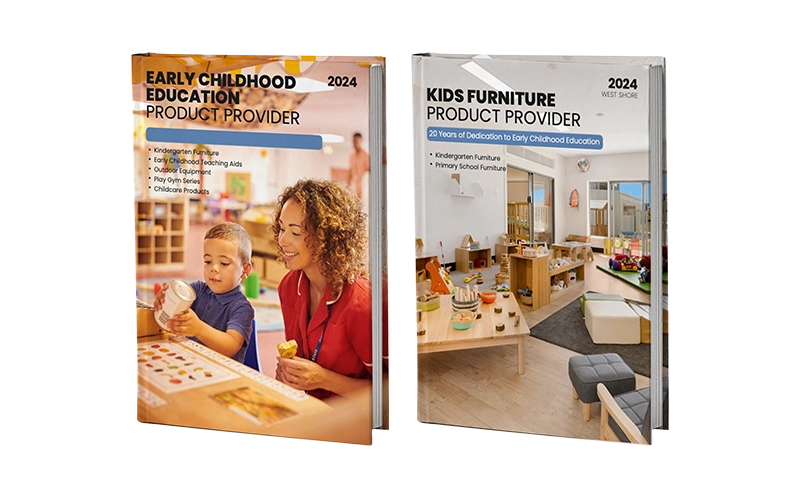Are you trying to determine how to assess your preschoolers effectively, but stuck between formal vs informal assessment tools like checklists and classroom observations? Wondering whether structured testing or daily student interaction offers a better picture of progress? Confused about how to choose between these approaches, and how they connect to broader evaluation strategies like formative and summative assessments?
The truth is, understanding formal vs informal assessment is essential in early education. When applied purposefully, these two assessment types offer a well-rounded view of a child’s development. Together, they help educators identify strengths and needs, guide instruction, and support each child’s learning journey.
Teachers want their students to succeed, but selecting the proper method can be overwhelming. In this article, I’ll unpack the meaning of formal vs. informal assessment, explore how they relate to formative vs. summative approaches, and help you choose the best tools to build a responsive, thriving learning environment for every child.

What Is Formal Assessment in Education?
Formal assessment in education refers to a structured, systematic method of evaluating student learning. These pre-planned assessments follow consistent formats, allowing educators to measure progress against established academic or developmental benchmarks. They are typically objective and often scored using standardized rubrics or predefined criteria to ensure reliability across classrooms or institutions.
In early childhood education, formal assessments serve purposes beyond grading. They are frequently used to track developmental readiness, align instruction with curriculum standards, and inform long-term planning. Because they are typically administered at fixed intervals and yield measurable outcomes, formal assessments often align with summative assessment practices, providing a snapshot of what a child has achieved after instruction.
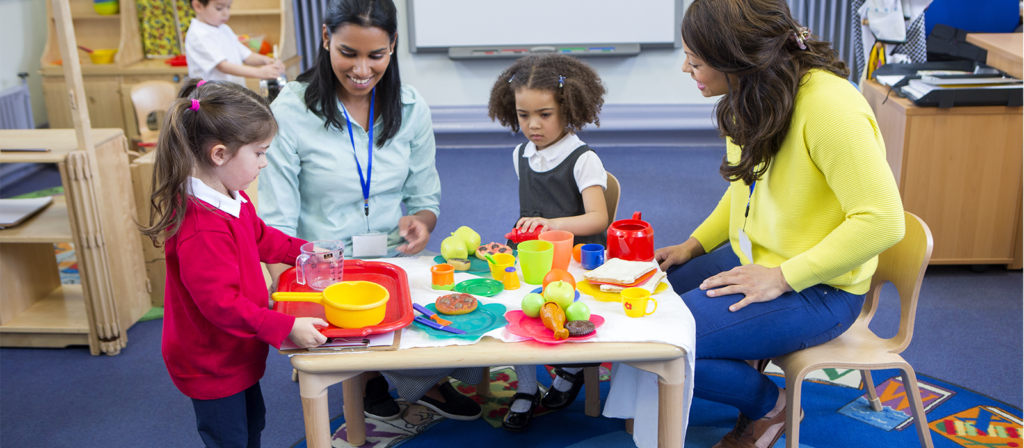
What Is Informal Assessment in Education?
Informal assessment is an unstructured, flexible approach to evaluating learning as it naturally occurs in the classroom. Unlike formal assessments, these methods are integrated into daily routines and rely on real-time teacher observation, reflection, and interaction rather than fixed tools or scoring systems.
This type of assessment is especially valuable in early learning settings, where development is fluid and children express understanding in diverse, often non-verbal ways. Informal assessments allow educators to monitor growth continuously and adjust instruction responsively. Typically aligned with formative assessment, informal methods help teachers capture nuanced learning moments that might otherwise go unnoticed in more structured evaluation systems.
Formal vs Informal Assessment Examples
Understanding formal vs informal assessment becomes much easier when you look at how they appear in the classroom.
Formal Assessment Examples
In early childhood education, formal assessments are structured tools with pre-established criteria. They are typically designed to collect measurable data for internal use or to report to external stakeholders like administrators or parents.
Some common formal assessment examples include:
- Developmental Checklists with Rubrics: Used to track milestones like fine motor skills, literacy, or number recognition, with clear benchmarks (e.g., “can count to 10,” “can hold a pencil properly”).
- Standardized Readiness Tests: Often used to assess kindergarten readiness or language acquisition, with results measured against national or local norms.
- Teacher-Made Quizzes: Short tests on letters, numbers, or shapes to see what children have retained after specific units.
- End-of-Term Evaluations: Structured tools to summarize progress across subjects.
- Performance Tasks with Scoring Guides: For example, asking a child to retell a story and scoring their ability to sequence events.
These tools help track progress over time and are especially useful for identifying children needing targeted interventions or additional support.
Informal Assessment Examples
Informal assessments, on the other hand, happen naturally throughout the day. They are often spontaneous, less structured, and rely on the teacher’s professional observation rather than test scores.
Voici quelques exemples :
- Anecdotal Notes: A teacher observes a child negotiating with peers during block play and notes their problem-solving and language use.
- Learning Journals: Children reflect (verbally or through drawings) on what they learned during an activity.
- Student Portfolios: A collection of artwork, writing samples, and photographs that show growth over time.
- Observations During Free Play: Tracking how a child engages with new materials, asks questions, or interacts with peers.
- One-on-One Conversations: Ask open-ended questions during snack time or a transition, and note how a child explains their thinking.
- Morning Meeting Participation: Informally assessing communication and listening skills through group sharing and storytelling.
Informal assessments are most potent when documented consistently. Although they may not result in scores, they provide rich, qualitative data that reveals how a child learns, not just what they know.
Prêt à concevoir un espace propice à l'apprentissage ? Contactez-nous pour créer des solutions de mobilier sur mesure, adaptées aux besoins de votre classe.
Analyzing the Strengths and Weaknesses of Formal and Informal Assessments
In the context of early childhood education, every form of assessment serves a purpose, but no single approach is flawless. Educators must weigh the practical benefits of structure against the depth of individualized insight. To do this effectively, it’s essential to understand the strengths and weaknesses of both formal and informal assessments.
When used appropriately and in balance, these tools provide not only evidence of learning but also a deeper understanding of the child as a whole.
Key Strengths of Formal Assessment Tools
Formal assessments are typically standardized and structured, offering reliable ways to measure student achievement. These tools are particularly valuable when objective data is required for reporting, evaluation, or alignment with external benchmarks.
| Strength | Description |
|---|---|
| Measurable Results | Generates quantifiable data through scores or performance indicators |
| Curriculum Alignment | Connects directly with instructional goals and learning outcomes |
| Consistency Across Groups | Enables fair comparison between individuals or groups |
| Clear Documentation | Supports administrative reporting and parent-teacher communication |
| Identifies Academic Gaps | Helps detect where additional intervention may be required |
Weaknesses of Formal Assessments
Despite their advantages, formal assessments sometimes fail to reflect the day-to-day learning in dynamic, play-based classrooms.
| Limitation | Description |
|---|---|
| Can Induce Anxiety | Focuses primarily on cognitive domains, neglecting social or emotional growth |
| Inflexibility | Often rigid and not adaptable to individual learning differences |
| Ignores Contextual Learning | Fails to capture the learning that occurs during informal play or dialogue |
| Time-Intensive | Requires planning, scoring, and analysis |
| Limited Scope | Focuses mostly on cognitive domains, neglecting social or emotional growth |
Example: A child may appear disengaged during a written math test, even though they demonstrate strong number sense during play.
Key Strengths of Informal Assessment Tools
Informal assessments rely on observational methods and ongoing interactions, offering teachers a more nuanced view of the child’s learning process, emotional development, and social behavior.
| Strength | Description |
|---|---|
| Child-Centered and Natural | Captures learning as it naturally unfolds during classroom activities |
| Supports Continuous Feedback | Enables real-time instructional adjustments |
| Encourages Holistic Evaluation | Includes soft skills like creativity, empathy, and problem-solving |
| Strengthens Teacher Insight | Builds deeper teacher-student understanding through qualitative data |
| Enhances Engagement | Non-intrusive and integrated into daily routines |
Weaknesses of Informal Assessments
Though rich in insight, informal assessments present specific logistical and interpretive challenges, especially in environments that require standardized reporting or performance tracking.
| Limitation | Description |
|---|---|
| Subjective Interpretation | Results may vary depending on the teacher’s experience or bias |
| Lack of Standardization | Makes it difficult to compare results across classes or schools |
| Requires Documentation Effort | Needs consistent and thoughtful note-taking to be useful |
| Often Overlooked by Policymakers | May not be recognized as legitimate data in formal evaluations |
| Training-Dependent | Effective use requires skill in observation and analysis |
Example: Without a clear structure for note-taking, valuable observations made during play may be forgotten or dismissed during assessments.
Prêt à concevoir un espace propice à l'apprentissage ? Contactez-nous pour créer des solutions de mobilier sur mesure, adaptées aux besoins de votre classe.
Key Differences: Formative vs Summative Assessment
Formal vs Informal Assessment: Purpose
Formal Assessment:
Formal assessment’s primary purpose is to evaluate student achievement against pre-established standards. It frequently aligns with summative assessment, which determines what a child has learned at the end of a learning period.
Informal Assessment:
Informal assessments serve a more flexible function, often tied to formative assessment, which helps guide instruction during the learning process. Understanding the difference between formative and summative assessment ensures educators apply the right tools at the right time.
Formal vs Informal Assessment: Structure
Formal Assessment:
Formal assessments are designed with predetermined formats such as tests and rubrics, offering uniformity across learners. This structure supports consistency, especially when applied for summative evaluation purposes.
Informal Assessment:
The structure of informal assessments is dynamic and often teacher-created. These tools are ideal for the formative evaluation, where flexibility is essential for adjusting instruction based on student responses. This reflects a key aspect of the formative vs summative assessment framework.
Formal vs Informal Assessment: Standardization
Formal Assessment:
Formal assessments are standardized and ideal for comparing results across groups. This is especially useful in summative vs formative assessment scenarios, where standardized tools are needed for end-of-term reporting.
Informal Assessment:
Informal assessments do not aim for standardization. Instead, they prioritize personalization, making them effective in formative assessment versus summative assessment contexts, where individual growth takes precedence over comparison.

Formal vs Informal Assessment: Timing
Formal Assessment:
Formal assessments are scheduled at the end of a learning cycle, consistent with summative assessment practices. These occur at fixed intervals and are often aligned with curriculum milestones.
Informal Assessment:
Informal assessments happen continuously and are essential for responsive teaching. This ongoing process illustrates the nature of formative vs summative assessments, where formative tools are used throughout instruction to support learning in real time.
Formal vs Informal Assessment: Feedback
Formal Assessment:
In formal assessment settings, feedback is delayed, often delivered after grading. This suits summative assessment, where feedback summarizes learning rather than shaping it.
Informal Assessment:
With informal tools, feedback is immediate and action-oriented, central to formative vs summative evaluation. Teachers adjust lessons as they observe, making informal assessment essential to real-time student support.
Formal vs Informal Assessment: Scoring
Formal Assessment:
Formal assessments evaluate performance using numerical scores, percentages, or standardized rubrics. These tools are commonly used in summative assessments, where results are measured against benchmarks.
Informal Assessment:
Informal assessments rely on teacher interpretation and qualitative feedback. This aligns with formative assessment, as scoring is not the focus, and understanding and guiding the child is. Informal tools support instructional adjustment rather than performance ranking when comparing formative and summative evaluation.
Formal vs Informal Assessment: Documentation
Formal Assessment:
Documentation in formal assessments is standardized, enabling easy archiving, reporting, and external validation. This is essential in summative vs formative assessment processes, where summative results must often be submitted or reviewed.
Informal Assessment:
Informal tools require teacher-generated notes, student portfolios, or learning journals. These records are invaluable in formative assessment and personalized instruction over time. Knowing the difference between formative and summative assessments helps educators balance documentation efforts effectively.
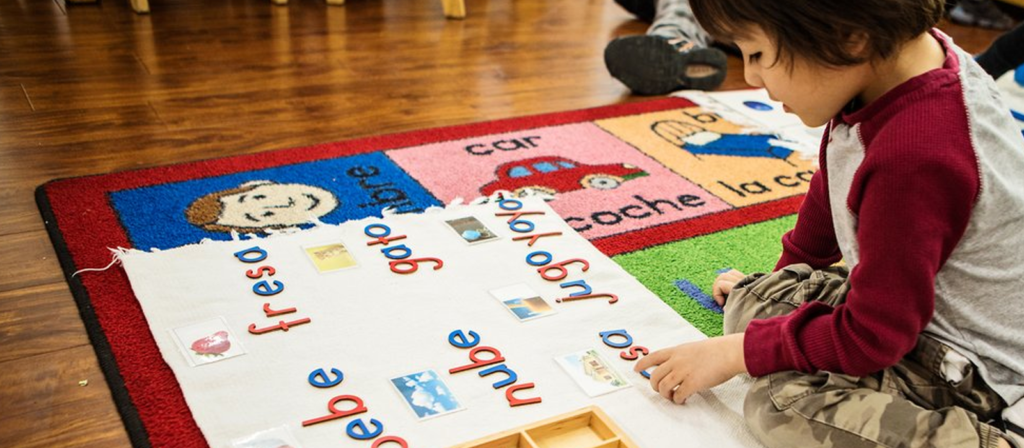
Formal vs Informal Assessment: Reporting
Formal Assessment:
Formal assessments often fulfill institutional or regulatory requirements. They are typically part of summative assessment protocols that report academic performance to stakeholders.
Informal Assessment:
Informal assessments focus on guiding classroom decisions. While they may not be required, their role in formative vs summative evaluation is critical for tracking daily progress and building personalized learning profiles.
Formal vs Informal Assessment: Flexibility
Formal Assessment:
Most formal assessments are fixed and universal in structure. This lack of flexibility limits their value in adapting to individual needs, a common critique in the formative vs summative assessment debate.
Informal Assessment:
Informal assessments are highly adaptable, allowing real-time customization. This is central to formative assessment vs summative assessment strategies, where formative approaches must respond to student diversity, interests, and learning pace.
Formal vs Informal Assessment: Environment
Formal Assessment:
Usually conducted in controlled environments, formal assessments are separated from the natural classroom flow, supporting their use in summative assessment models.
Informal Assessment:
Embedded in daily classroom activity, informal assessments thrive in play-based or interactive settings. This context-rich format makes them ideal tools within a formative assessment framework that values authentic student behavior.
Formal vs Informal Assessment: Skill Areas
Formal Assessment:
Formal assessments primarily target academic content such as early literacy, numeracy, or recognition tasks, consistent with summative assessment objectives.
Informal Assessment:
Informal methods measure broader developmental domains, including communication, cooperation, and self-regulation. These tools exemplify formative assessment versus summative assessment by addressing areas that summative tools may overlook.
Formal vs Informal Assessment: Instructional Impact
Formal Assessment:
Formal assessments offer insights after instruction concludes, contributing to curriculum planning but not real-time teaching. This delayed impact is a defining trait of summative vs formative assessments.
Informal Assessment:
Informal tools immediately inform instruction. Teachers adjust grouping, activities, and strategies based on what they observe, exemplifying the essence of formative assessment in contrast to summative approaches.
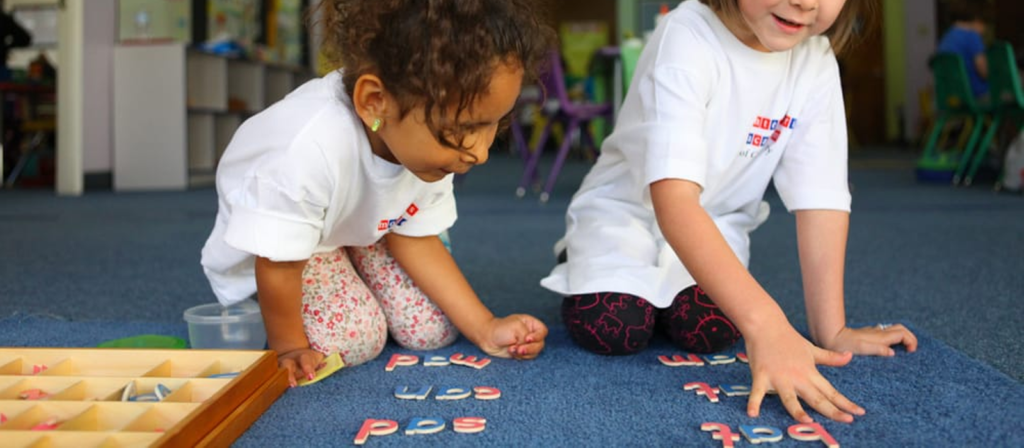
Formal vs Informal Assessment: Student Experience
Formal Assessment:
Formal assessments can create anxiety or disengagement in young children, especially when perceived as judgment-based, which is often a side effect of summative assessments.
Informal Assessment:
Children are typically unaware they’re being assessed informally, resulting in more authentic engagement. This relaxed experience is a hallmark of formative assessment and contributes to a supportive learning environment.
Formal vs Informal Assessment: Student Role
Formal Assessment:
Students are passive recipients in formal assessments. They complete pre-structured tasks without input, a model aligned with traditional summative assessment.
Informal Assessment:
Informal tools often invite student reflection, self-assessment, or portfolio review. This active involvement enhances the value of formative assessment vs summative evaluation, particularly in early childhood settings.
Formal vs Informal Assessment: Teacher Role
Formal Assessment:
In formal assessment settings, the teacher’s role is often limited to administering and grading pre-designed tools. Especially with standardized tests, educators may have little to no input in shaping the content or format, and their involvement in scoring may be minimal or automated.
Informal Assessment:
Teachers play a central, active role in informal assessment. They design, observe, interpret, and respond to student performance in real time. Their professional judgment is essential to determining what’s assessed, how it’s interpreted, and how feedback is delivered, making informal assessment deeply reflective of teacher expertise in formative vs summative practices.
Formal vs Informal Assessment: Cultural Sensitivity
Formal Assessment:
Formal tools may unintentionally include cultural or linguistic biases. If they are not designed with diverse learners in mind, they can disadvantage certain groups, a known limitation in summative versus formative assessment contexts.
Informal Assessment:
Because they are context-based and teacher-guided, informal assessments are more culturally responsive. This flexibility allows educators to evaluate growth through a formative assessment lens, adjusting for language, background, and cultural norms.
Uncovering the Common Ground Between Formal and Informal Assessments
Though often presented as opposites, formal and informal assessments share several essential functions in early education. Recognizing their common ground helps educators build cohesive, balanced evaluation strategies.

Shared Purpose: Understanding Learning
Both formal and informal assessments aim to evaluate student progress and guide instruction. Whether it’s a structured skill test or a classroom observation, the core objective remains the same: understanding how and what a child is learning.
Evidence That Informs Teaching
Each method provides valuable feedback. A test might show mastery of a skill, while an observation reveals how that skill is applied in real-life tasks. Together, they inform more responsive and personalized teaching.
This overlap also reflects how a single tool can serve either formative or summative purposes, depending on timing and intent.
Coverage Across Learning Domains
Both assessment types are used across developmental areas: language, cognition, motor skills, and social-emotional growth. Whether through data or documentation, they help evaluate the whole child.
Reflective Practice and Hybrid Use
Formal and informal assessments also promote teacher reflection. They allow educators to analyze student needs and adapt instruction accordingly.
Increasingly, classrooms use both methods simultaneously, for example, by scoring a task (formal) while observing engagement (informal). This hybrid approach supports both accountability and authentic learning.
How to Balance Formal and Informal Assessment
Effectively balancing formal versus informal assessment does not mean using both equally; it means using each strategically, based on learning goals, classroom context, and developmental needs. For preschool educators, this balance ensures that both measurable outcomes and day-to-day learning moments are valued.
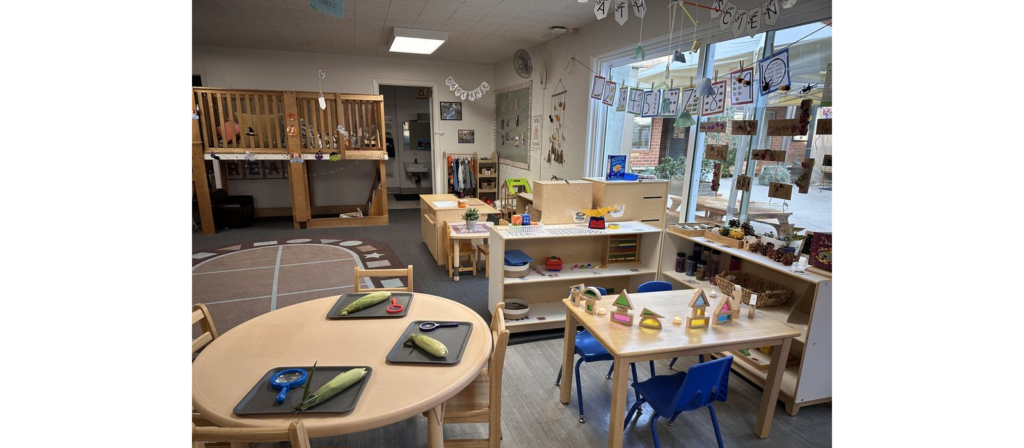
Here are the core principles that guide a balanced assessment approach:
Match the Tool to the Purpose
Use formal assessments for specific checkpoints, such as reporting, identifying developmental delays, or evaluating curriculum impact. Use informal assessments to guide instruction, observe behavior, and respond to individual needs in real time. This reflects the practical difference between formative and summative assessment: the former supports teaching, the latter measures learning.
Use Informal Assessment as the Daily Default
In preschool, learning happens through play, conversation, and exploration. Informal assessment allows educators to capture those moments authentically. Teachers can record observations or collect student work that illustrates growth, serving as robust formative assessment evidence without disrupting the learning process.
Be Strategic with Formal Assessment
Limit formal assessments to moments that truly require structured evidence. Overuse can overwhelm children and shift the focus from learning to testing. When used sparingly and intentionally, formal tools still support key summative assessment needs like readiness checks or progress reports.
Connect Assessment to Environment
Balanced assessment thrives in environments designed to support it. Open-ended materials, flexible layouts, and observation-friendly spaces make it easier to embed informal and formal assessments into the day. High-quality learning environments, like those supported by WestShore Furniture, can empower educators to observe naturally and document meaningfully.
Reflect, Adjust, and Keep the Child First
Balancing assessment methods is an ongoing process. Regular reflection ensures that tools remain purposeful and responsive. Most importantly, whether formal or informal, every assessment should begin with the same question: “What does this tell me about the child’s learning, and how can I support it?”
FAQs About Formal vs Informal Assessment
What is the main difference between formal vs informal assessment?
Formal assessments are structured, pre-planned tools like tests or rubrics that measure learning against specific benchmarks. Informal assessments, on the other hand, are unstructured and occur in real time, such as teacher observations or student discussions, offering insight into day-to-day learning.
How do formal vs informal assessments support different learners?
Formal assessments offer consistency and objective data, which can help identify academic patterns across groups. Informal assessments, however, are more adaptive and personalized, making them ideal for students with diverse learning styles or language backgrounds.
How often should informal assessments be conducted?
Informal assessments are most effective when conducted continuously. Since they are embedded into everyday activities, teachers can observe learning and adjust instruction naturally throughout the day, making them the cornerstone of practical formative assessment in preschool.
Why is it important to use formal and informal assessment procedures for the various decisions made in special education?
Combining formal and informal assessments in special education is critical to making accurate placement and instructional decisions. Formal tools offer standardized data for compliance and eligibility, while informal assessments provide insights into real-world functioning, classroom behavior, and social-emotional development. Together, they ensure decisions are both data-driven and child-centered.
Can assessment be either formal or informal?
Yes. Many assessment tools or strategies can serve as either formal or informal, depending on how they are used. For example, a checklist can be used informally during play or formally during a progress review. What defines formal vs informal assessment is less about the tool and more about structure, timing, and purpose.
Is an informal assessment always standardized?
No. Informal assessments are rarely standardized. They rely on teacher observation, contextual understanding, and flexible documentation rather than universal scoring systems. This is why informal tools are better suited for formative assessment, while standardized tools are more common in summative evaluation.
What are the three considerations for choosing an assessment method?
When selecting between formal and informal assessments, educators should consider:
- But – Is it for instruction (formative) or evaluation (summative)?
- Child’s context – What setting or activity best reflects their abilities?
- Required data – Are standardized scores needed, or are qualitative insights more useful?
Balancing these helps educators use the right tool at the right time.
Conclusion
Designing an effective assessment strategy in early education requires more than choosing between tests and observations; it demands a nuanced understanding of how different tools impact both learning and teaching. A balanced use of formal versus informal assessment ensures that educators are not only measuring achievement but also fostering deeper engagement, emotional growth, and individualized learning. By recognizing when to apply structure and when to observe organically, teachers can build a system that nurtures the whole child.
This balance also extends into how we design the classroom itself. Thoughtfully arranged spaces, built to support both focused evaluation and spontaneous exploration, enable informal assessments to occur naturally while also accommodating formal assessments when needed. That’s why the design philosophy behind environments like those created by Meubles West Shore matters: when learning spaces are purposefully constructed, they support not only movement and collaboration but also the flexible application of formative and summative assessments across all developmental domains. In this way, environment, pedagogy, and assessment work hand in hand to shape a more responsive and equitable learning journey.

